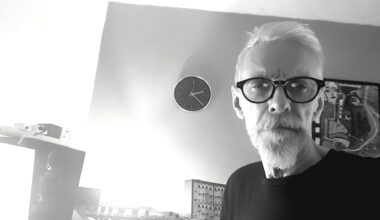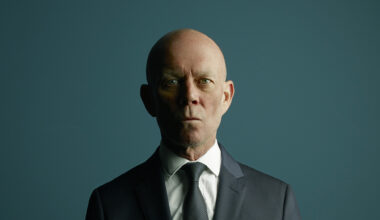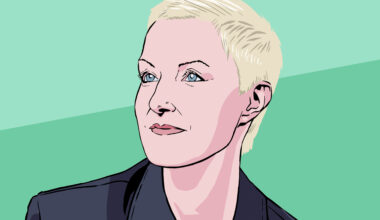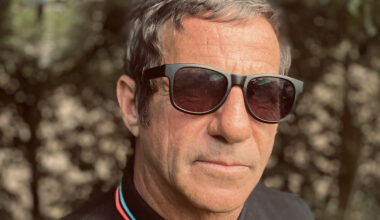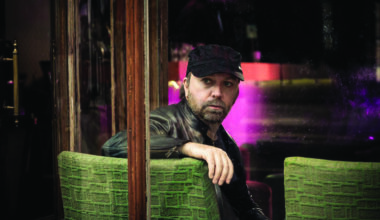Gerald Simpson, better known as A Guy Called Gerald, reveals the inspirations and influences behind his work going right back to his earliest days as a pioneering force of the UK acid house scene
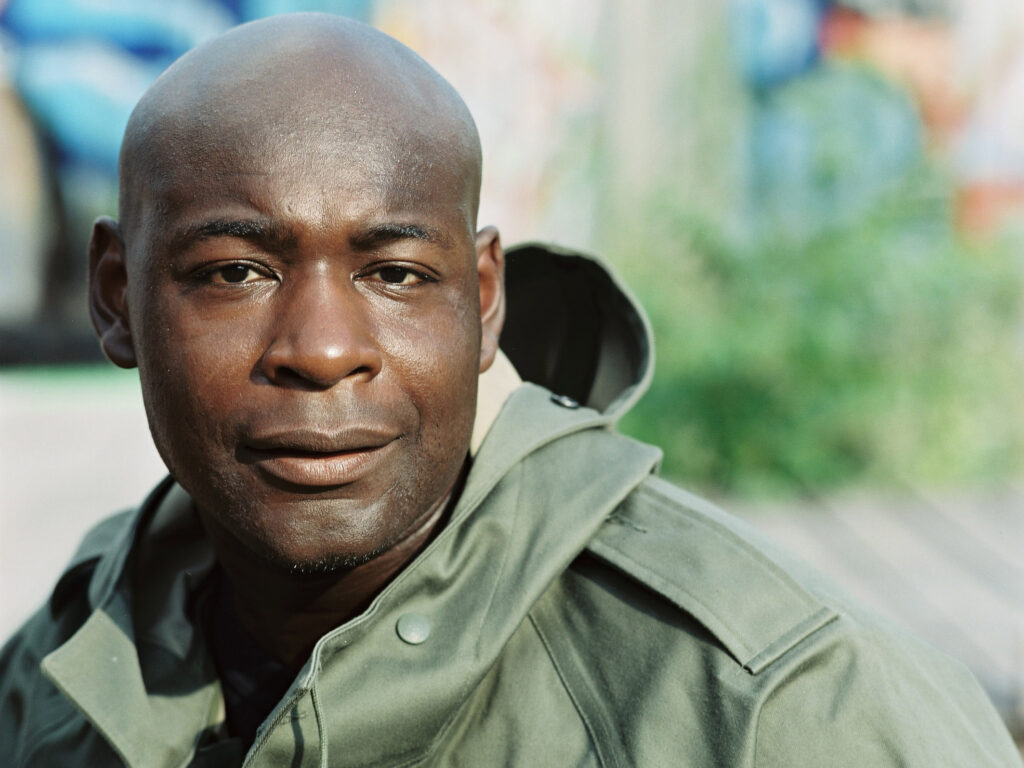
DANCING
From the age of 14, I was pretty serious about dancing. I used to do classical, jazz and contemporary dance. I especially loved to dance to jazz fusion artists like Herbie Hancock and Chick Corea. It’s really freestyle music – very open and creative – which was good because it gave me loads of scope to let my imagination run wild. Some of the music had a story to it, so I’d get caught up in the narratives too.
Later on, I used to do the rounds of the clubs in Manchester, places like Legend and The Haçienda. I’d go along on my own, just to dance and check out the moves. These places weren’t just playing pop music, they were playing all sorts, including experimental dance music. In Legend, the environment was so compelling, with its big video screens and the lighting guys scratching to the music. As a dancer, I was totally impressed by the kind of energy I saw there and the way people moved to the music. It seemed so choreographed. Everyone was very friendly and you definitely felt part of something new, but I used to just try to disappear into my own little world on the dancefloor.
ROLAND TR-808
It’s true that I still love the Roland TR-808. It had a really big impact on my life, both growing up, as a young dancer, and then later when I was with 808 State and working as A Guy Called Gerald. It may be a machine but it’s had a life of its own and has kind of morphed all the way through dance music history. I believe it’s the backbone of electronic dance music, going way back before acid house, and it even went on to be a sampled bassline in jungle music.
I first heard the distinct 808 sound on soul and funk tracks. I then heard it again in the early 80s, when the hip hop crowd got hold of it. Afrika Bambaataa & The Soul Sonic Force were among the first to use the 808 in a completely different way, but you could still hear the familiar crisp hi-end beats and the deep bassline. These were exciting times, with big studio producers starting to make electronic pop, and it was just mind-blowing for me.
I used to tape stuff off the radio and play it over and over again, trying to dissect it in my head. They were using real sounds and re-triggering them in different ways, kind of like a collage, grabbing bits and pieces and then building something new. It was really clever. Along with Detroit’s Belleville Three – Juan Atkins, Derrick May and Kevin Saunderson – who were the first people I heard doing that crossover from electro-funk to techno, these were my musical inspirations. It was all about a new sound palette and how that linked in with the emerging technology.
So I decided I had to get my own TR-808. They were reasonably affordable, so I put a deposit down and went and got a job in McDonald’s to pay for the rest. I was still living at home at the time, but I began putting together a little studio in my parents’ attic. With the success of ‘Voodoo Ray’, I was able to get more equipment and go deeper and deeper into building my own home studio. I didn’t actually start using a computer until about 2004. To this day, I think I work differently to other producers because I pretty much grew up in a studio.
‘SACRED SOUNDS’
‘Sacred Sounds: Transformation Through Music & Word’ is a book by Ted Andrews, who was a teacher, a musician and a mystic. Yes, it’s totally hippy at times, but it makes for intriguing reading and I know how to be selective, taking the bits I want from my influences. It’s second nature to me.
The book is about the creative and healing force of music. Andrews talks about it in both a spiritual sense and also a very real, physical sense. He has some interesting ideas and theories, as well as exercises and methods to follow. I have always understood the energy and the power that’s in music. I experienced it as a dancer, then learned how to create it in the studio by putting my heart into what I was doing, and I work with it now as a live performer.
‘Sacred Sounds’ isn’t the sort of book you read from cover to cover. It’s a book you want to browse until you find something you relate to, or something that seems interesting, and before you know it you’re hooked. I’m using it at the moment to help me find my own tone.
While we have you, why not take a minute to browse our online shop?
We’ve got print magazines, limited edition vinyl, must-have books, CD boxsets, and we ship worldwide. Click below to open a new tab and keep your current reading place.
